20 Beginner-Friendly Vegetables to Grow in Your Garden
Starting a garden can be a fun and rewarding experience, especially for beginners. Growing your vegetables not only saves money but also gives you the satisfaction of harvesting fresh, healthy food right from your backyard. If you are new to gardening, it is important to choose vegetables that are easy to grow and require minimal effort. Many vegetables are perfect for beginners, thriving in simple soil and requiring basic care. With the right seeds, some patience, and a little know-how, you can soon enjoy a bounty of delicious veggies. In this article, we will highlight some of the easiest vegetables to grow, making your gardening journey a success.
This post may contain affiliate links, which helps keep this content free. Please read our disclosure for more info.
Carrots

Carrots are one of the easiest and most rewarding vegetables to grow for beginner gardeners. They thrive in loose, well-drained soil that is free from rocks or large clumps. Carrots can be grown in almost any garden, whether in raised beds, containers, or traditional soil. You’ll need to ensure that the soil is deep enough to allow the roots to grow long and straight.
The key to growing carrots successfully is to sow the seeds thinly. Overcrowding can result in stunted growth, so make sure to thin out the plants as they grow. Carrots prefer cooler weather, so it’s best to plant them in early spring or late summer. With the right conditions and care, you can enjoy a sweet, crunchy harvest in a few months.
Lettuce
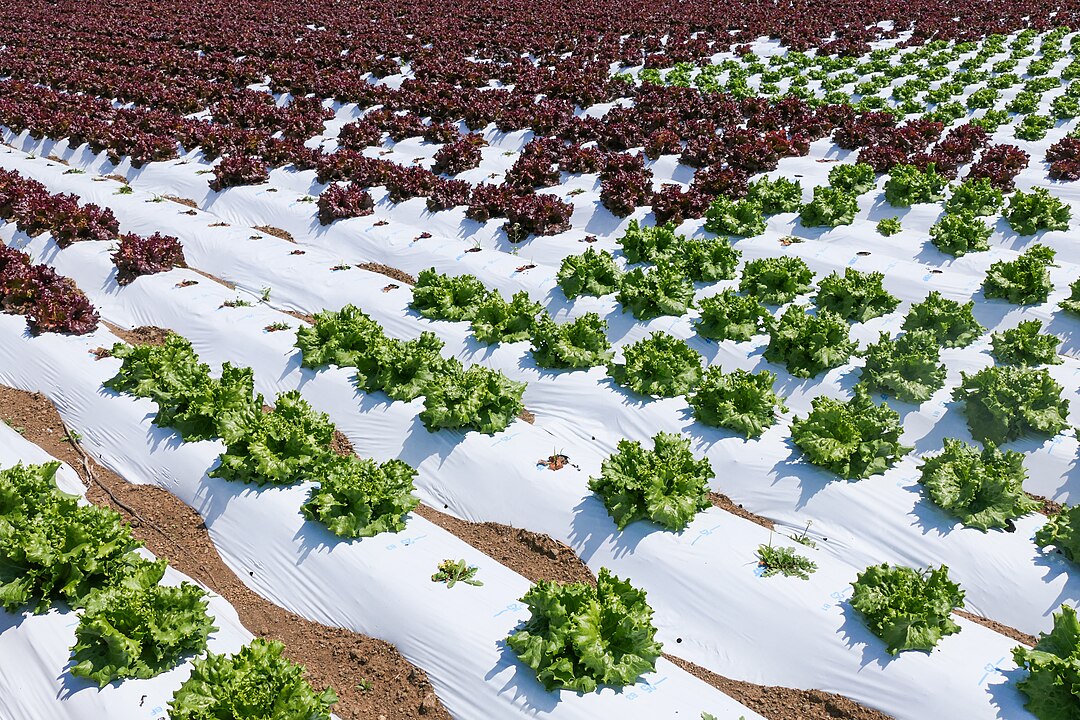
Lettuce is a fast-growing leafy green that is perfect for new gardeners. It can be grown in almost any climate and requires very little maintenance. Lettuce thrives in cooler temperatures, making it ideal for spring and fall planting. You can grow it in containers, raised beds, or directly in the garden soil, depending on your space.
When growing lettuce, keep the soil moist and ensure that it gets at least a few hours of sunlight each day. The leaves are ready to harvest once they’ve reached a good size, and it’s best to pick them early in the morning when they are most tender. Lettuce is perfect for continuous harvesting, as it can be cut and will continue to grow, giving you fresh greens throughout the season.
Tomatoes

Tomatoes are a favorite among beginner gardeners because they are relatively easy to grow, especially when you start with small, young plants. They love full sunlight and warm weather, so it’s best to plant them after the last frost of the season. Tomatoes can be grown in the ground or in containers, making them ideal for both large and small spaces.
To ensure healthy growth, be sure to water tomatoes deeply and regularly. The plants also benefit from staking or caging to keep the fruit off the ground and improve air circulation. With the right care, you’ll be able to harvest your own juicy tomatoes by mid to late summer, perfect for salads, sauces, and more.
Zucchini
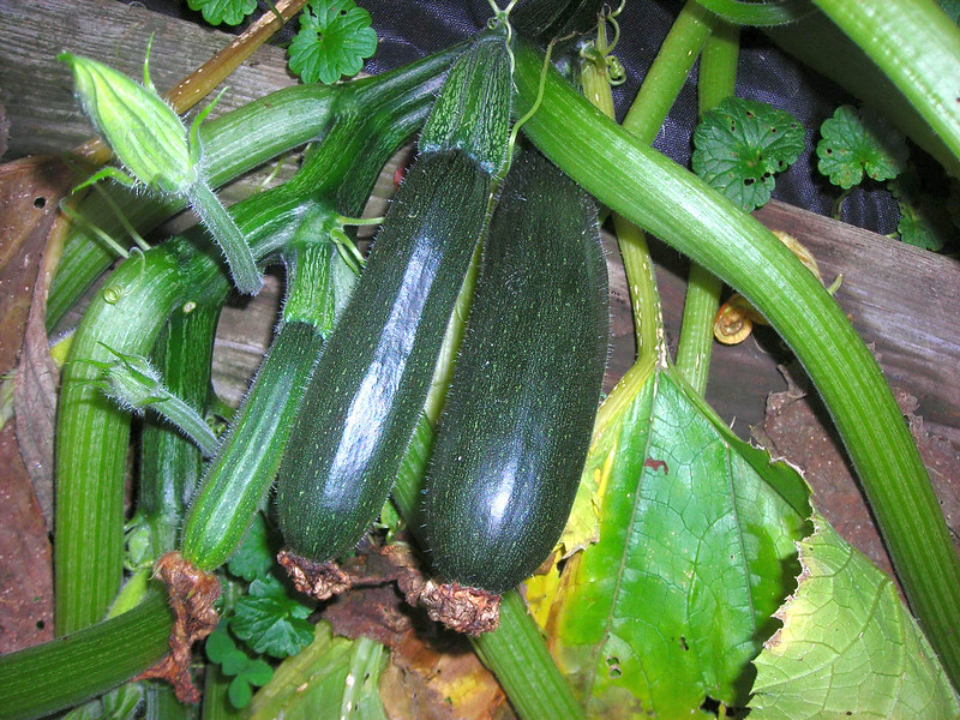
Zucchini is a popular summer squash that grows quickly and produces abundant fruit. It’s an excellent choice for beginner gardeners due to its low maintenance and fast-growing nature. Zucchini plants need a lot of space, so make sure to plant them a few feet apart to allow for healthy growth.
This vegetable enjoys plenty of sunlight and well-drained soil. Once the plant is established, it’s important to keep it watered but not overly saturated. Harvest the zucchini when it is still small and tender for the best flavor, and the more you harvest, the more the plant will produce.
Radishes
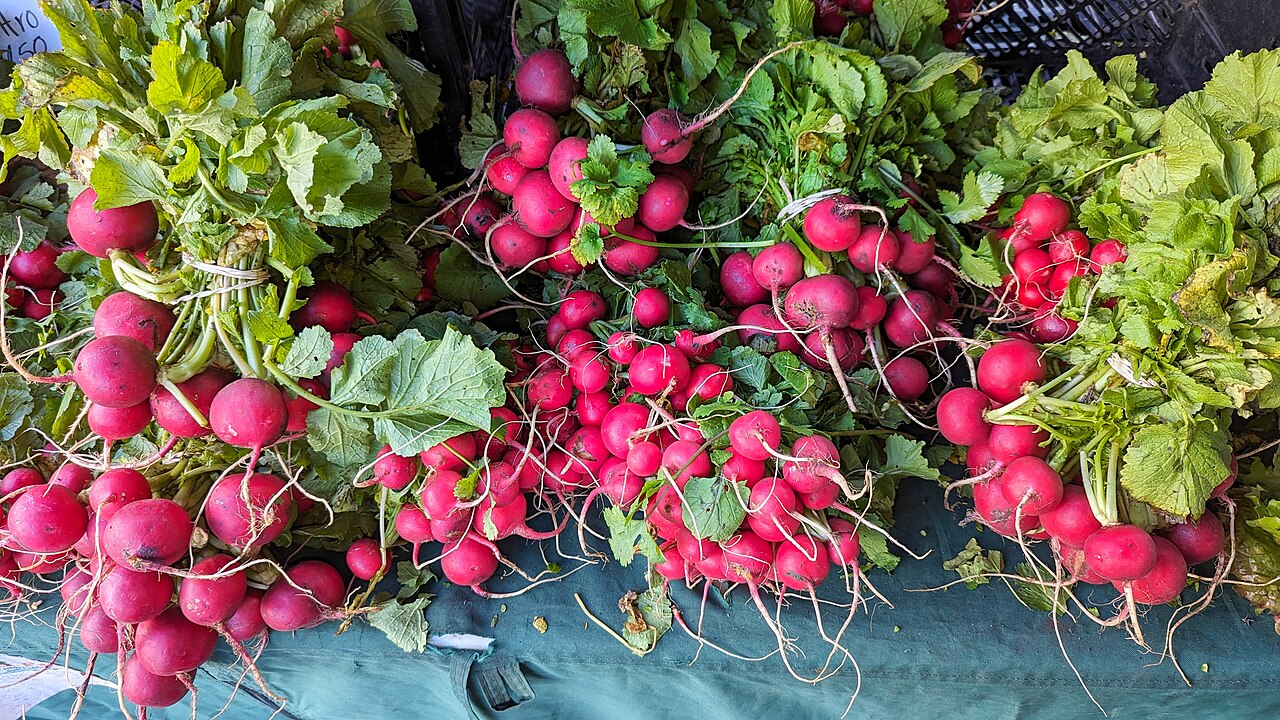
Radishes are one of the quickest-growing vegetables, making them a great option for new gardeners. They can be grown in containers, raised beds, or directly in the garden. Radishes grow well in loose, well-draining soil, and they don’t require a lot of attention. In fact, they can be ready to harvest in just a few weeks!
Plant radishes in early spring for the best results, as they thrive in cooler weather. Make sure to space them out properly so they have room to grow, and keep the soil moist to encourage healthy root development. Radishes are a great choice for a beginner gardener looking to experience a quick harvest.
Spinach
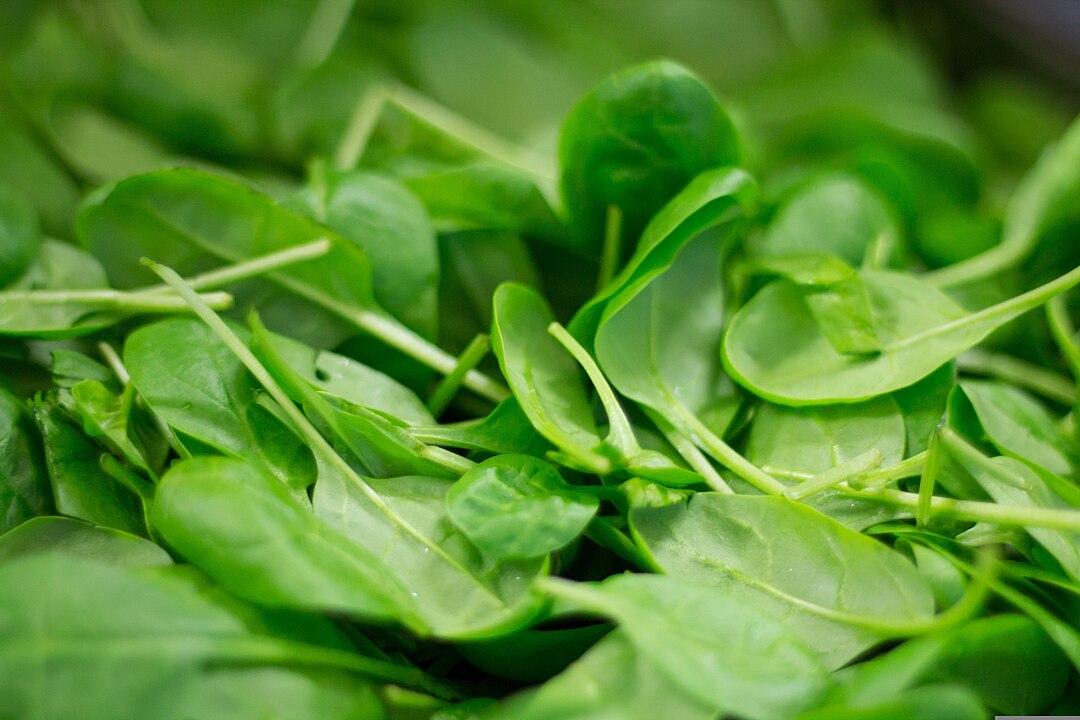
Spinach is a nutrient-dense leafy green that is simple to grow and perfect for beginners. It thrives in cooler temperatures, making it an excellent vegetable for early spring or fall planting. Spinach grows best in rich, well-draining soil with a pH level between 6.5 and 7.5.
To grow spinach successfully, plant seeds directly in the ground, spacing them a few inches apart. Keep the soil consistently moist, but not overly saturated, to encourage steady growth. Spinach is a cut-and-come-again crop, meaning that you can harvest the outer leaves while allowing the plant to continue producing new ones.
Green Beans

Green beans are another easy-to-grow vegetable, making them perfect for beginner gardeners. They can be grown either as bush beans or pole beans, depending on your space and preferences. Bush beans don’t need support, while pole beans will need a trellis or some form of vertical support to climb.
Green beans grow best in well-drained soil with plenty of sunlight. They require regular watering but should not be overwatered. These plants are relatively low-maintenance and will produce a bountiful harvest once the flowers bloom, giving you plenty of fresh beans throughout the summer.
Cucumbers

Cucumbers are a great option for beginner gardeners, as they grow quickly and are relatively low-maintenance. They require plenty of sunlight and well-draining soil, and can be grown either in the ground or in containers. To maximize space, consider growing cucumbers vertically on a trellis to save room in your garden.
Water cucumbers consistently to keep the soil moist, but be careful not to overwater, as this can lead to root rot. Harvest the cucumbers when they are firm and before they become overripe. With proper care, you can enjoy fresh, crisp cucumbers all summer long.
Peas
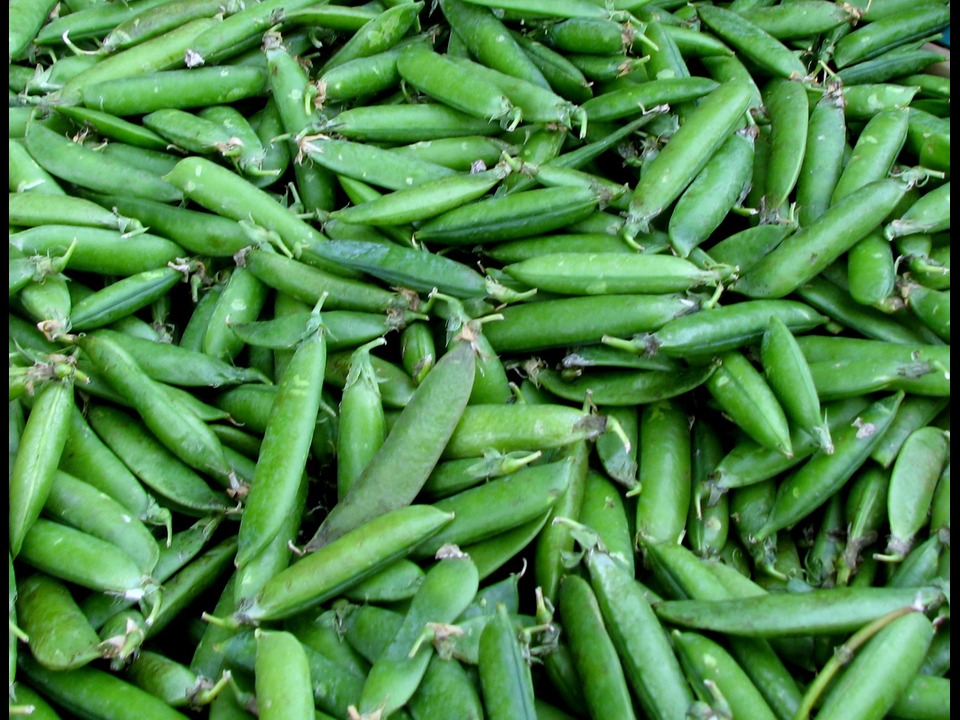
Peas are a cool-season vegetable that grows well in early spring and fall. They are easy to grow, making them an excellent choice for beginner gardeners. Peas prefer well-drained, fertile soil and should be planted in an area that receives at least 6 hours of sunlight each day.
When planting peas, it’s important to space them a few inches apart and provide them with support, as they will grow tall and need something to climb. Keep the soil moist, but not overly saturated, and be patient—peas take a little time to mature. The sweet pods are well worth the wait when you finally harvest them.
Bell peppers
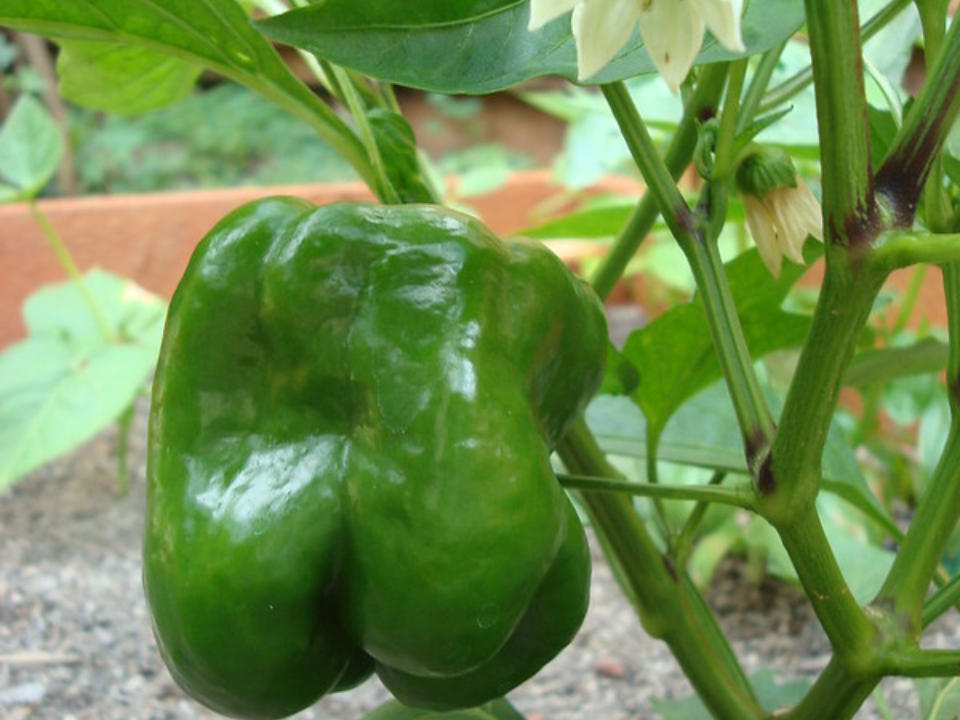
Bell peppers are another great vegetable to grow for beginners, and they can thrive in both the ground and containers. They need a lot of sunlight and warm temperatures, so plant them after the last frost. Bell peppers prefer rich, well-drained soil that is slightly acidic to neutral.
Regular watering is essential for bell peppers, but it’s important to avoid overwatering. Fertilizing the plants can also help them grow healthy and produce plenty of peppers. Once they start turning color, such as from green to red, yellow, or orange, they are ready for harvest.
Chard

Chard is a nutritious and easy-to-grow leafy green that thrives in both cool and warm weather. It is a hardy vegetable that can be grown in a variety of soils, though it prefers well-drained, fertile ground. Chard requires regular watering to keep the soil consistently moist but not waterlogged.
Once planted, chard grows quickly and can be harvested for its tender leaves. It can be grown throughout the year, and with regular harvesting, the plant will continue to produce. Whether used in salads, soups, or sautéed dishes, chard offers a nutrient-packed addition to any garden.
Kale
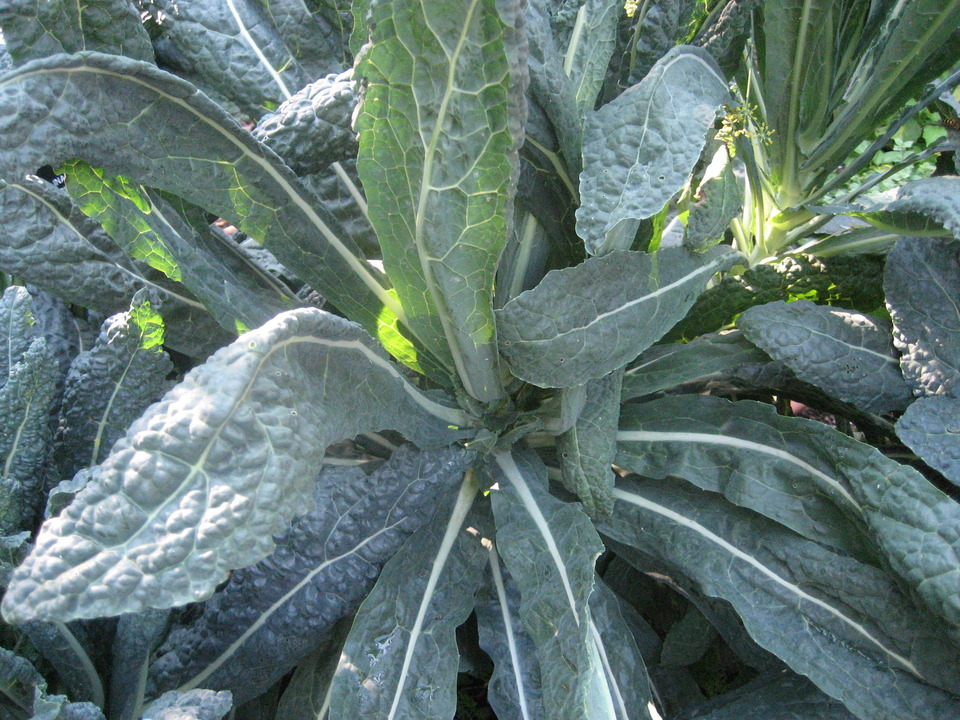
Kale is a popular leafy green known for its high nutritional value. It is a hardy vegetable that grows well in cooler weather, making it a great choice for fall and early spring. Kale prefers well-drained soil and needs to be watered regularly, but it does not like standing water.
Kale can be grown in raised beds, containers, or directly in the ground. It thrives with full sun but can tolerate some light shade. The leaves can be harvested throughout the growing season, and the more you harvest, the more the plant will continue to produce.
Beets
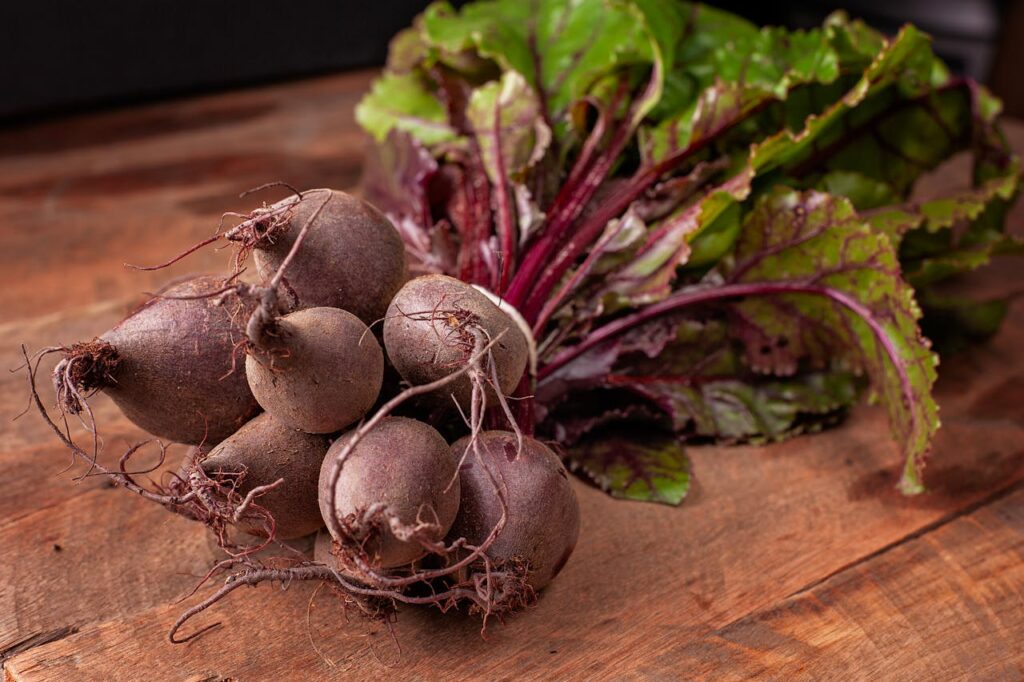
Beets are a root vegetable that is easy to grow and requires minimal attention. They thrive in loose, well-draining soil that is free of large rocks. Beets prefer cooler temperatures, so they should be planted in early spring or late summer.
To grow beets, space them a few inches apart to allow room for their roots to expand. Beets need regular watering, but be careful not to overwater, as this can lead to poor root development. When the beets are the size of a golf ball or larger, they are ready to harvest and enjoy.
Onions
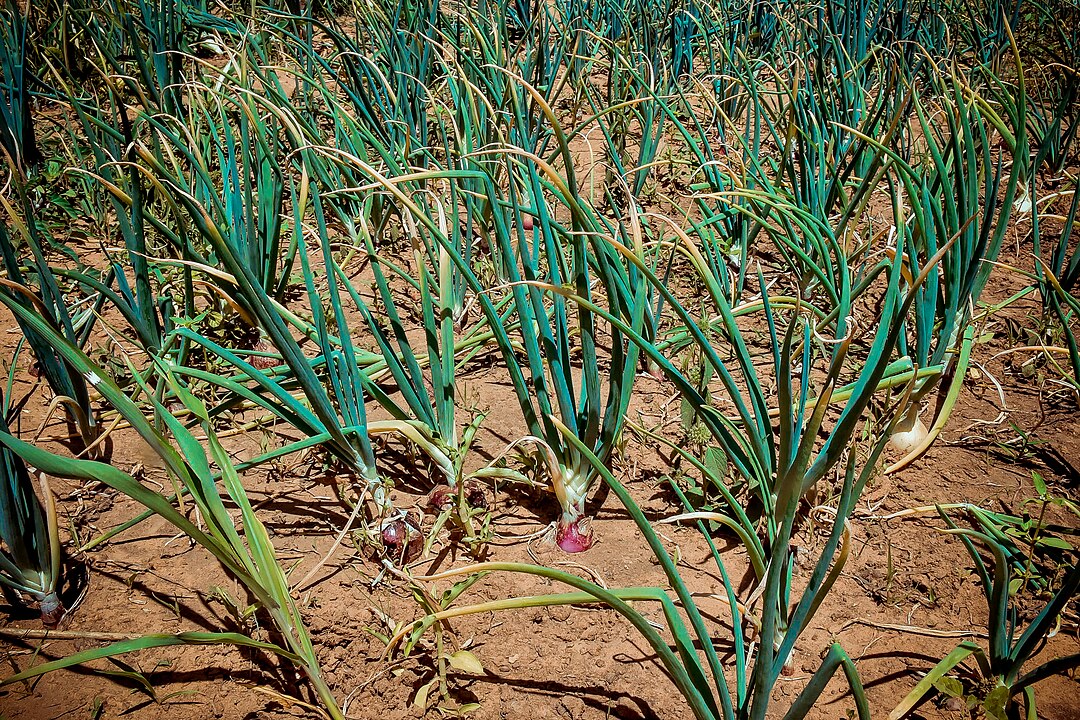
Onions are a great option for beginner gardeners, as they are easy to grow and take up little space. They can be grown from seeds, sets, or transplants and prefer well-drained soil. Onions need full sunlight and should be watered regularly to keep the soil moist.
Onions are ready for harvest when their tops start to fall over and dry out. Once harvested, they should be dried for storage. Onions are incredibly versatile in cooking and can be used in nearly every dish, from salads to soups.
Garlic
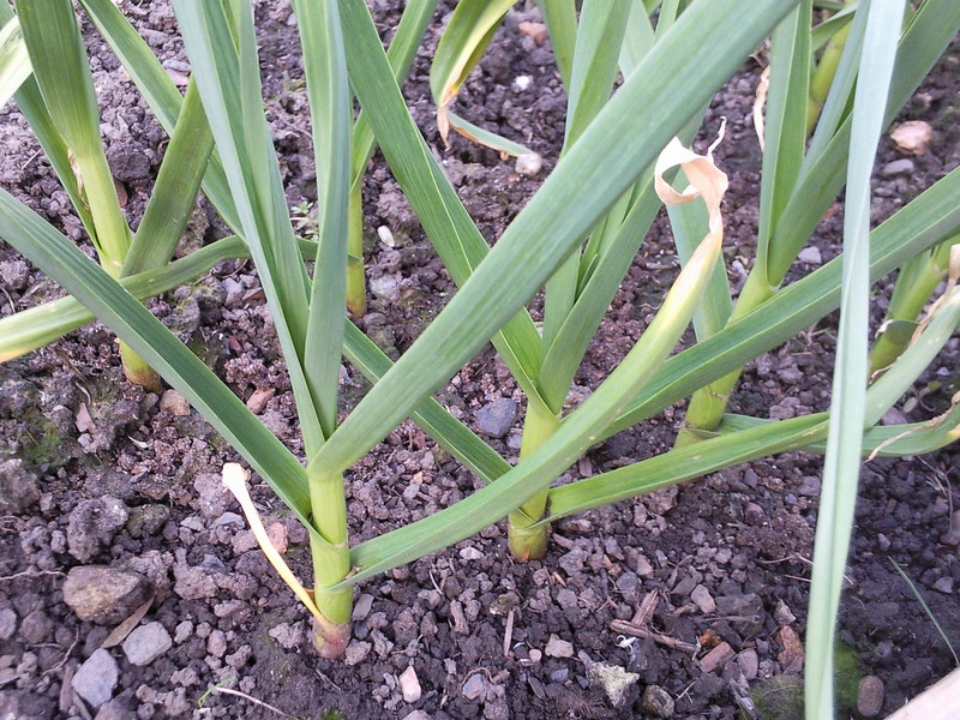
Garlic is simple to grow and requires minimal care, making it perfect for new gardeners. It can be planted in the fall and left to overwinter, with the bulbs ready to harvest by late spring or early summer. Garlic prefers well-drained, fertile soil and full sunlight.
To grow garlic, plant individual cloves a few inches apart, and water them regularly to keep the soil moist. Once the tops of the garlic plants start to dry out, it is time to harvest the bulbs. Garlic adds great flavor to a variety of dishes, and homegrown garlic is always a treat.
Potatoes
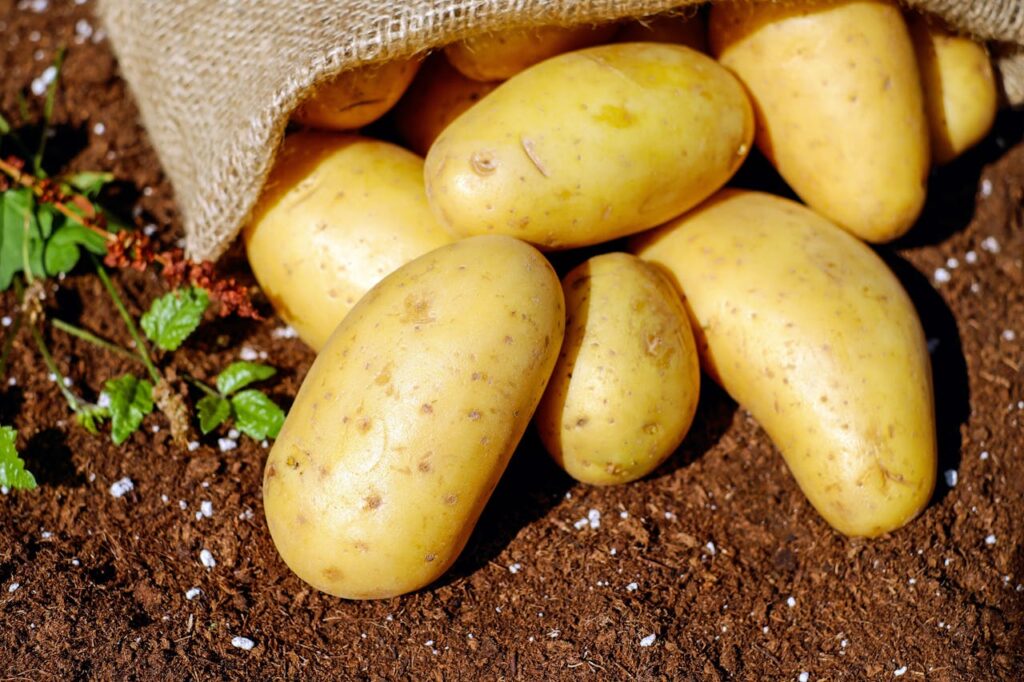
Potatoes are easy to grow and provide a high yield, making them a perfect choice for beginner gardeners. They need loose, well-draining soil to grow successfully. Plant seed potatoes in early spring, and they will begin to sprout and form tubers by late summer.
Potatoes should be watered consistently but not overwatered. The plants require full sunlight and plenty of space for the tubers to grow. Once the leaves of the plant begin to yellow, it’s time to harvest the potatoes, which can be stored for several months.
Sweet potatoes

Sweet potatoes are another root vegetable that is relatively easy to grow and is perfect for beginners. They thrive in warm, sunny conditions and require well-draining soil to grow well. Sweet potatoes can be grown in large containers, raised beds, or directly in the ground.
Sweet potatoes need a long growing season, so plant them after the last frost. They require regular watering but should not be overwatered. Harvest the sweet potatoes when the vines begin to die back, and enjoy a sweet, nutritious crop.
Cabbage
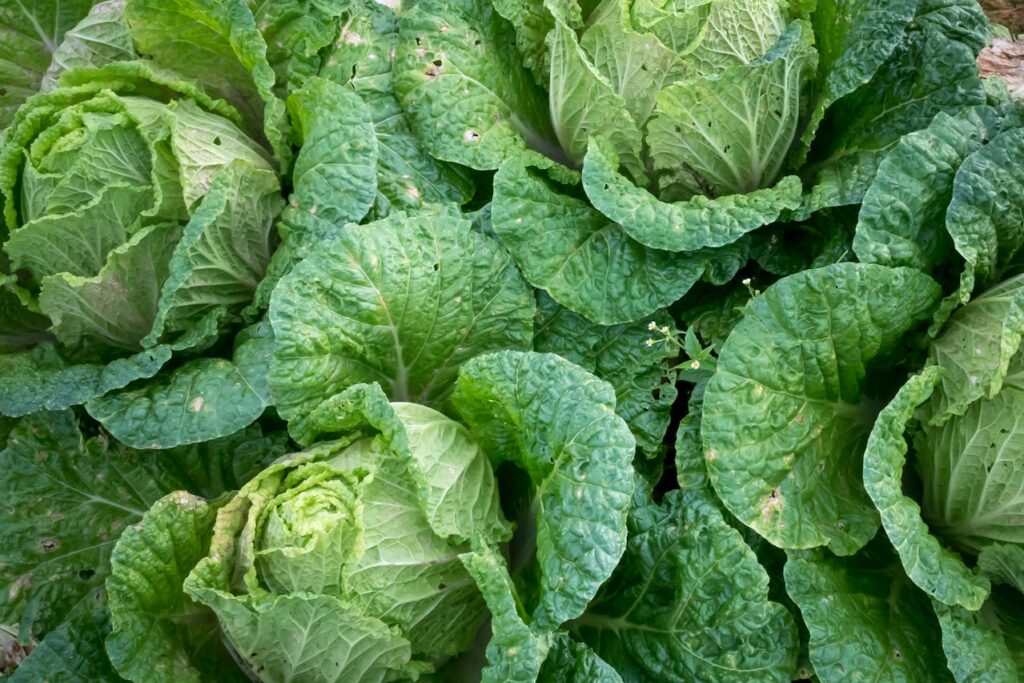
Cabbage is a cool-season vegetable that grows well in early spring or fall. It prefers rich, well-drained soil and full sunlight. Cabbage grows best when the soil is kept moist but not waterlogged, and it benefits from regular feeding with organic fertilizers.
To grow cabbage successfully, plant the seeds or young plants a few inches apart to give them plenty of space to grow. Cabbage heads are ready to harvest when they are firm to the touch and fully formed. Whether eaten raw in salads or cooked, cabbage is a versatile and nutritious vegetable.
Basil
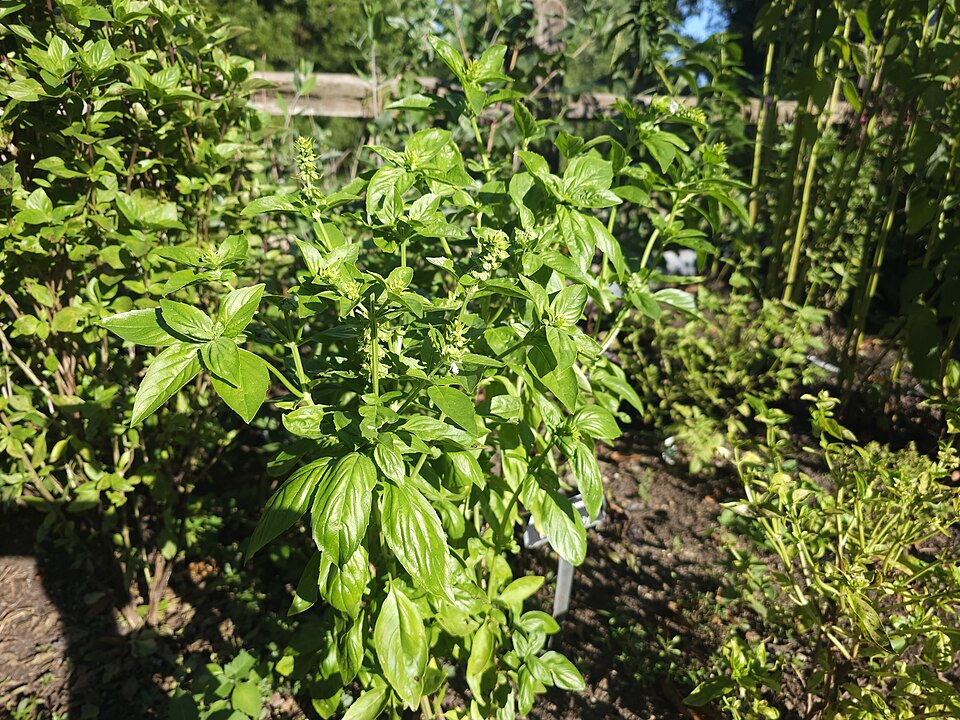
Basil is an aromatic herb that is easy to grow and ideal for beginners. It thrives in warm weather and requires plenty of sunlight. Basil grows best in well-drained, nutrient-rich soil, and it can be grown in containers or directly in the ground.
Water basil regularly to keep the soil moist, but avoid overwatering, which can lead to root rot. Harvest the leaves regularly to encourage fresh growth, and use the leaves fresh in cooking or dried for later use. Basil adds a wonderful flavor to a variety of dishes, from pastas to salads.
Chives

Chives are a hardy herb that can be grown in almost any garden. They thrive in well-draining soil and full sunlight, though they can tolerate some light shade. Chives are perfect for growing in containers, raised beds, or directly in the ground.
To grow chives, simply plant the seeds or small plants a few inches apart. Chives are low-maintenance and do not require a lot of attention. They can be harvested once the leaves are long enough, and they can be used fresh in cooking or dried for later use.
This article originally appeared on Avocadu.
